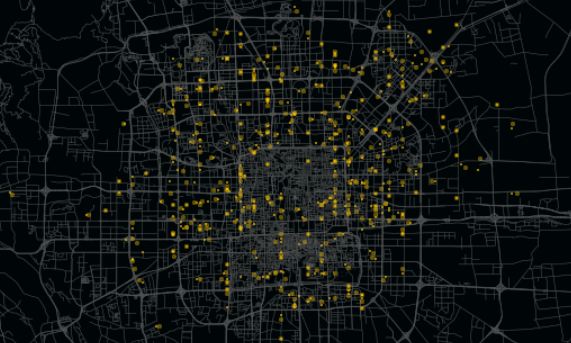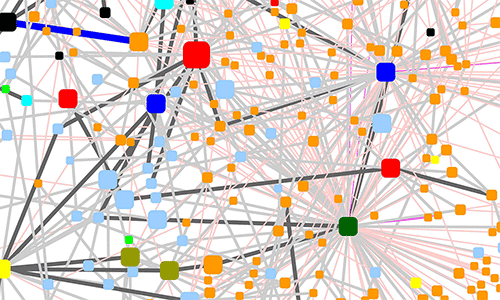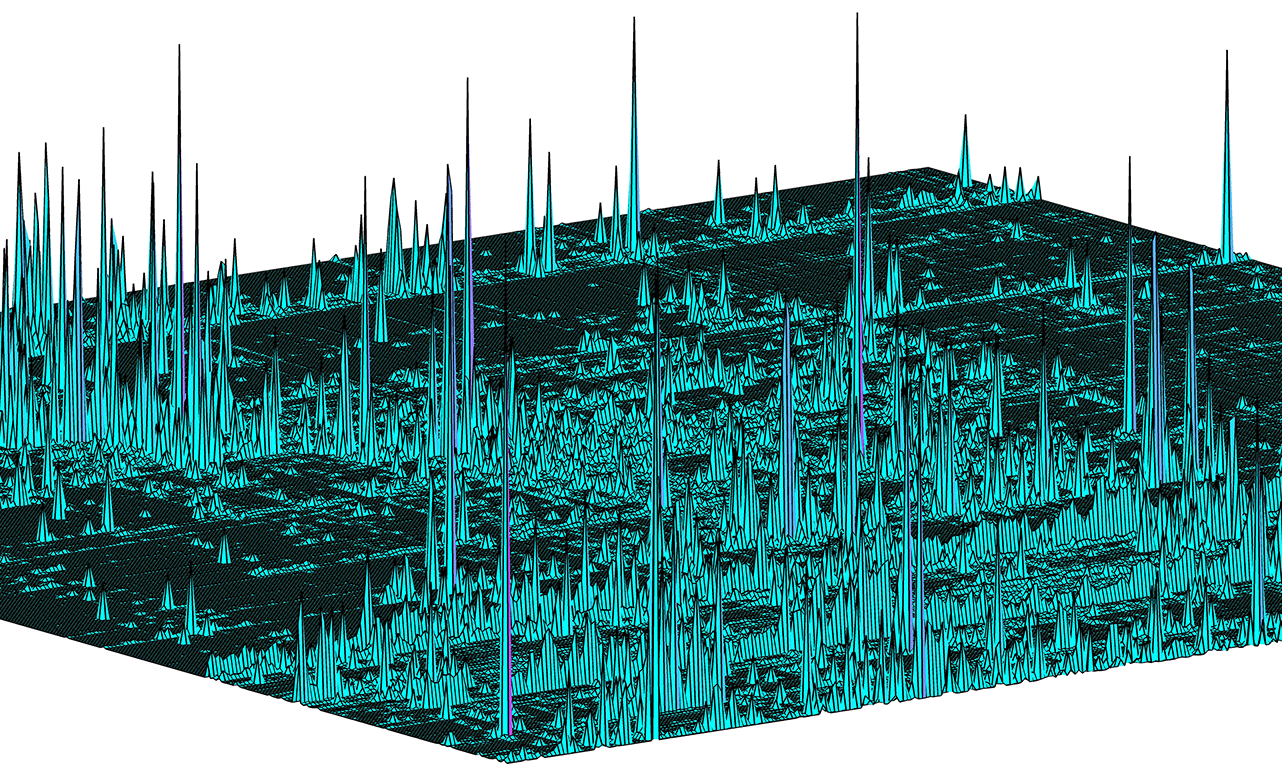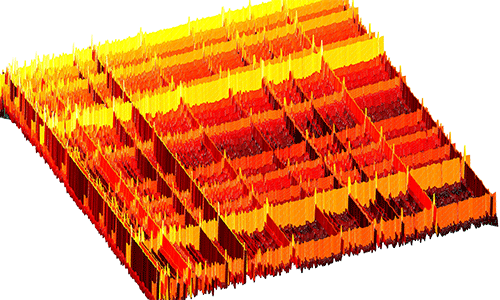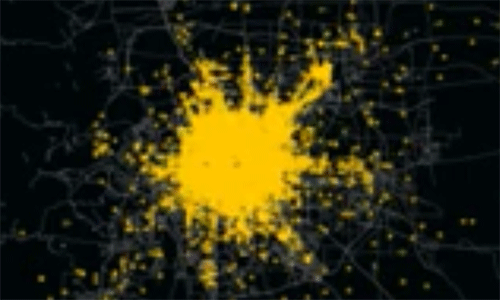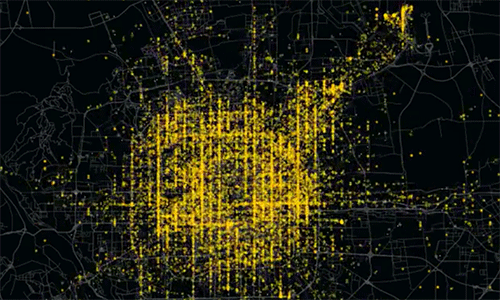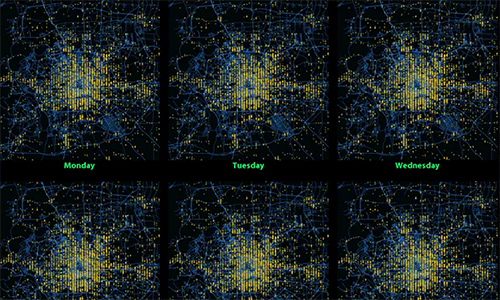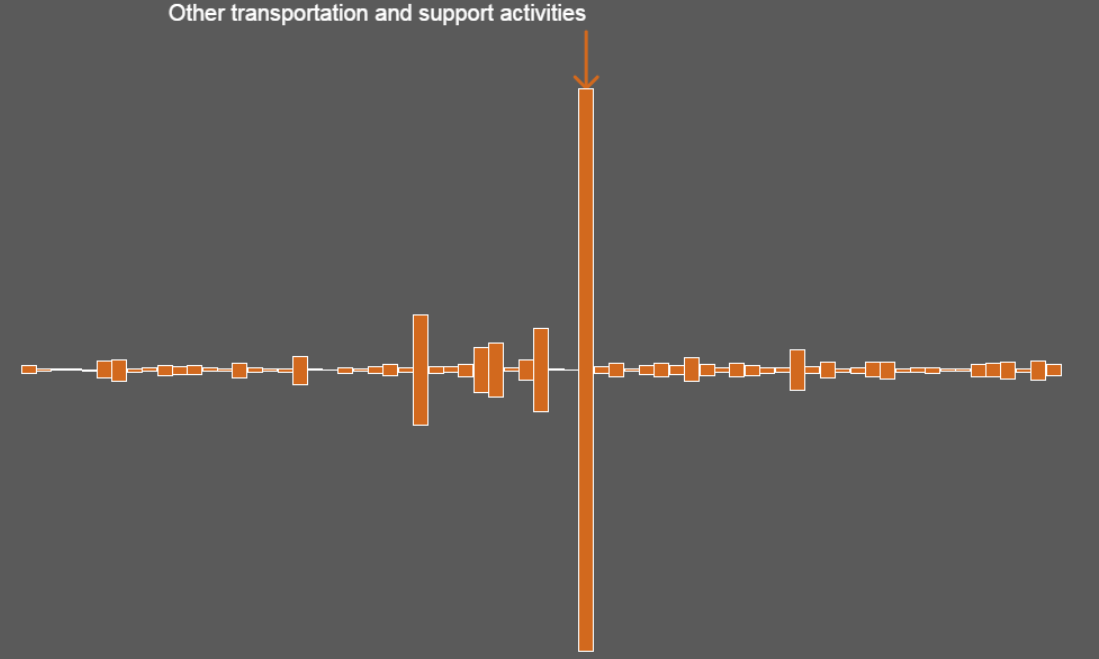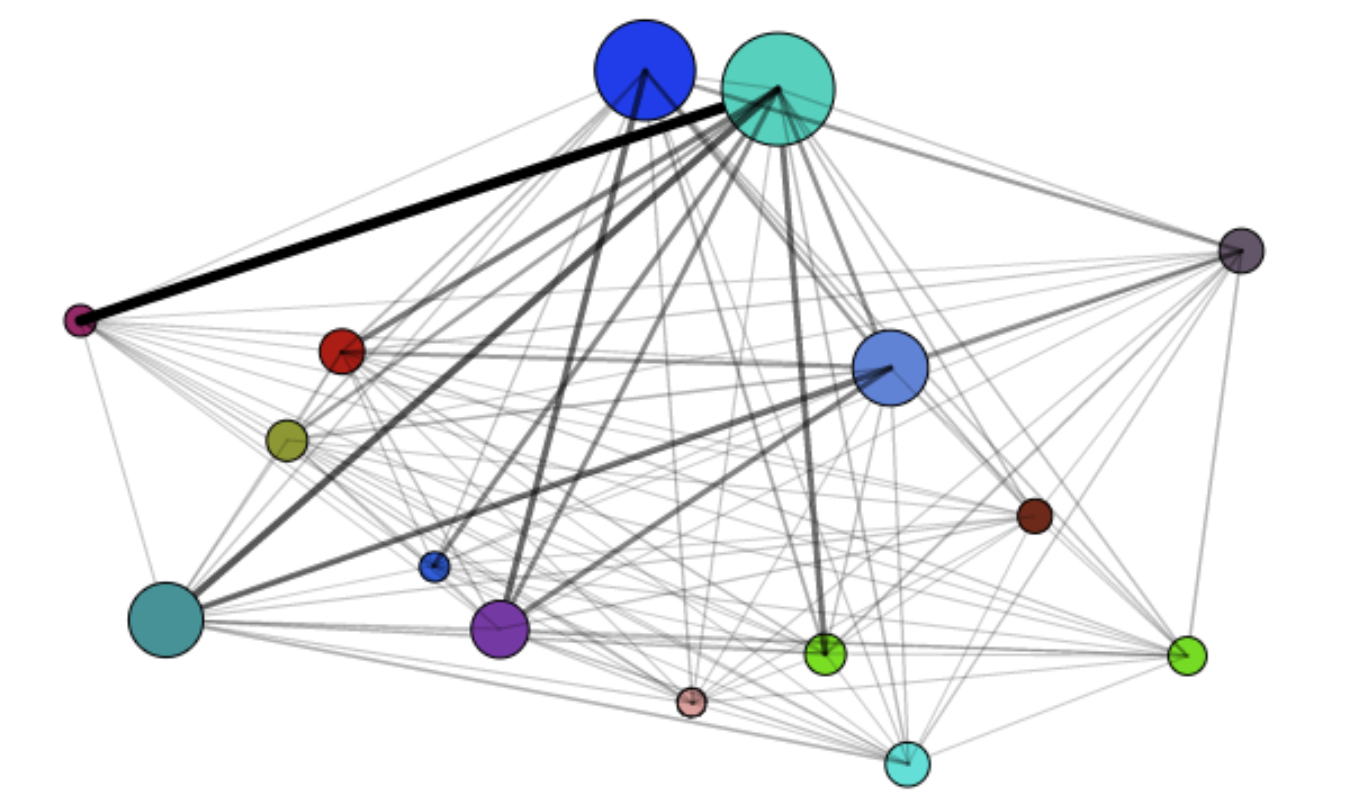Prof. Xu gave a keynote for the Panel on Prospects for the Circular Economy at the conference Can Mining Make the World a Greener Place?
Prof. Xu gave a keynote for the Panel on Prospects for the Circular Economy at the conference Can Mining Make the World a Greener Place?
Ming Xu is a Professor in School of Environment at Tsinghua University (faculty profile).
Prior to that, he was a professor in School for Environment and Sustainability and a professor in Department of Civil and Environmental Engineering at the University of Michigan, Ann Arbor.
Prof. Xu's research interests lie in the fields of sustainable engineering and industrial ecology. He was awarded the prestigious Robert A. Laudise Medal which is to recognize "outstanding achievement in industrial ecology by a researcher under the age of 36."
He is the Editor-In-Chief of Resources, Conservation & Recycling (2021 Impact Factor: 13.716).
This site is not frequently updated. Please visit Prof. Xu's faculty profile at Tsinghua University for the most recent updates.
The overarching objective of our research is to understand the interactions between industrial systems and the biophysical environment. Our research consists of two core elements: 1) environmental footprints of societal consumption at the regional, national, and global levels, and 2) life cycle environmental impacts of emerging technologies. Through externally funded projects, our research ambition is to provide an understanding of driving forces of environmental pressures and to assist in finding alternative development pathways that can reduce these pressures.
Our research is inherently interdisciplinary, integrating concepts and methods from multiple disciplines including industrial ecology, data science, and complex systems science.
Electricity trade among power grids leads to difficulties in measuring environmental impacts of purchased electricity. In this project we use a network-based approach to fully capture the direct and indirect environmental impacts across the whole inter-connected electricity trade network induced by local electricity consumption. This new method can help organizations to evaluate their impacts on the environment (e.g., carbon footprint) more accurately.

This is a spin-off of the DOE CERC-CVC project, aiming to understand human mobility dynamics and implications to transportation sustainability using "big data" and data science methods. In particular, we use large-scale, real-time taxi trajectory data for large cities (e.g., ~20,000 vehicles for 30 days) to characterize mobility dynamics at the individual level. Based on this characterization of individual mobility dynamics, we evaluate environmental implications of large-scale deployment of electric vehicles, optimize the siting of public charging infrastructure for electric vehicles, and assess the environmental benefits of ride-sharing.
Cai, H.; Rao, R.; Xu, M. Modeling electric taxis’ charging behavior using real-world data. International Journal of Sustainable Transportation, in press.
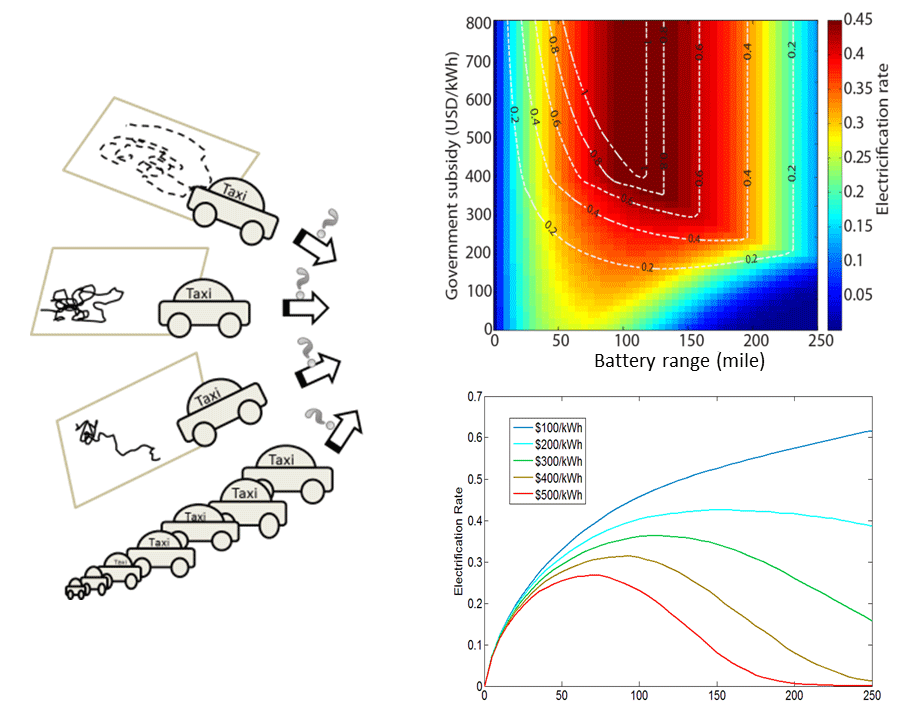
Much work has been done to evaluate environmental impacts of international trade. Little attention has been paid to the other side of the coin, implications of the environmental challenges to the trade system. Funded by the National Science Foundation, this project addresses this intellectual gap using water scarcity risk as a case study. The project develops a probabilistic network analysis framework integrates methods from multiple fields, including input-output analysis, risk analysis, and network analysis. The integration of these methods is a unique contribution to research in sustainability implications of international trade. It allows evaluating cascading impacts of local water scarcity to upstream and downstream supply chains for each industry in each country of the global trade network. Multiple factors contributing to water scarcity risk are considered simultaneously, including the dependence of industries on local water resources, severeness of water scarcity across countries and river basins, and interconnectedness of the global trade network. This project focuses on industries in countries as the unit of analysis, improving the resolution of relevant, limited studies in the literature focusing only on countries.
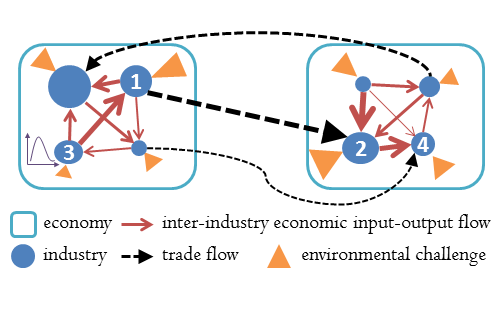
A quality life cycle assessment (LCA) depends on the availability and quality of life cycle inventory (LCI) data. LCA practitioners have been increasingly relying on dedicated LCI databases which provide LCI data for common unit processes of a wide range of products. Despite the convenience, these LCI databases still depend on time-consuming, expensive empirical data collection. Supported by a NSF CAREER grant, this project aims to transform the current practice of developing LCI databases into a faster, less expensive process that still generates reliable LCI data, by developing a computational and data-driven framework for estimating missing LCI data solely based on limited known LCI data, without relying on additional empirical data. It will (1) create a framework for modeling and analyzing LCI networks, (2) develop computational models for estimating missing LCI data, and (3) apply these models to evaluate LCI data quality and predict LCI data for emerging technologies.
Building upon the transformative promise seen from link prediction techniques in network science that enable the prediction of missing information of a network based on limited observations, this research develops computational and data-driven approaches as complementary alternatives for compiling LCI databases.
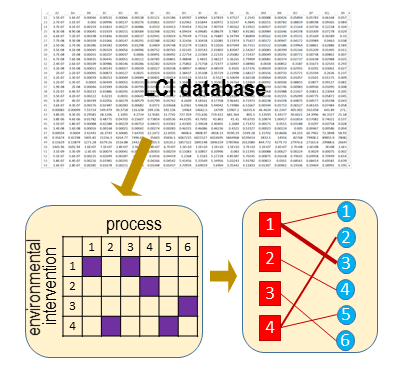
With more than half of the world’s population living in urban areas, the efficient provision of food, energy, and water (FEW) has become a pressing challenge for urban sustainability. This challenge comes from not only the increasing demand for FEW resources due to increased urban population, but also the complex interdependence of the urban FEW systems. Policy and technological solutions addressing the urban FEW challenge needs to be assessed through the lens of FEW nexus to (1) identify co-benefits that a single policy or technology can simultaneously improve the efficiency of multiple systems, and (2) avoid unintended consequences that desired changes in one system lead to undesired changes in other systems.
This project aims to develop an integrated systems modeling framework understanding urban FEW nexus to promote the efficient utilization of FEW resources. Through a case study in the Detroit city-region, we will demonstrate the integrated systems modeling framework by (1) characterizing the urban FEW flow networks, (2) examining the structure of the integrated network of FEW flow networks, and (3) developing and evaluating policy and technology scenarios with stakeholder inputs to identify co-benefit opportunities without unintended consequences.
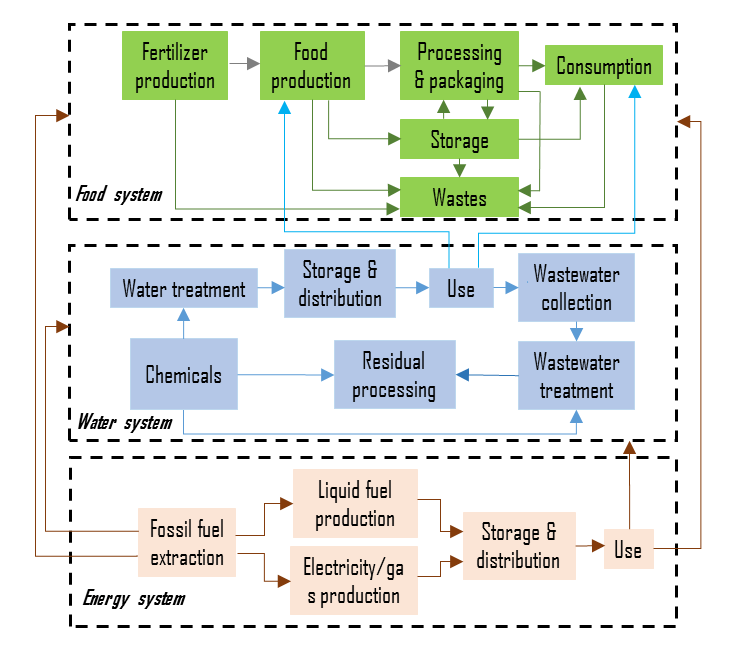
Input-output (IO) models are widely used in environmental studies to understand the relationship between production-related environmental pressures (e.g. greenhouse gas emissions) and consumption at the economy scale. However, little attention in the IO literature has been paid to study the structure of an economy as a complete, integrated system. Just as we cannot comprehend the dynamics of ecosystems by studying separated food chains or the behavior of cells by micro-scoping isolated biochemical pathways, we cannot fully understand the structure and its relation to the dynamics of an economy only by investigating isolated, separated interdependencies between sectors. A more “holistic” perspective is required. Modern “network analysis” offers an ideal framework to pursue such study using IO models.
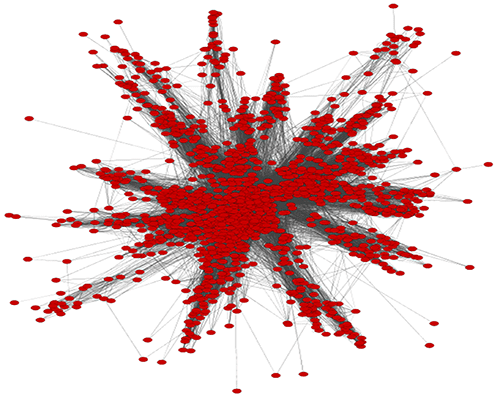
Life cycle assessment (LCA) quantifies the environmental impacts of a product or process in an effort to improve its environmental sustainability. LCA is easiest to implement on established industrial systems with available data; however, the systems that may benefit most from an LCA are emerging, uncertain, and difficult to quantify with traditional LCA methods. Funded by the National Science Foundation, this project develops a spatially-explicit agent-based LCA (ABLCA) framework to improve the standard LCA modeling technique by overcoming the issues involved with analyzing emerging technologies with dynamic and evolving supply chains. This improved LCA modeling framework is also applied to the U.S. switchgrass bioenergy system (biofuels and biomass electricity) to examine the supply chain dynamics and evolution and evaluate the associated life cycle environmental impacts.
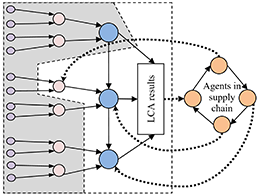
As part of the US-China Clean Energy Research Center on Clean Vehicles (CERC-CVC) funded by the Department of Energy, this project assesses the feasibility of alternative vehicle fueling including biofuels and electricity for meeting significant penetration of clean vehicles. This project evaluates the impact on water and land resources in the US due to large-scale deployment of clean vehicles.
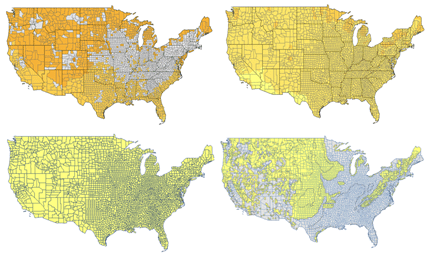
The Chinese Environmentally Extended Input-Output (CEEIO) database is the result of our near decade-long research of using environmentally extended input-output models studying China's environmental issues. We provide open access to CEEIO for non-commerical uses at www.ceeio.com.
Environmental footprints characterize the pressure on the environment driven by human consumption throughout increasingly globalized supply chains. Understanding the environmental footprints of human consumption is important for environmental decision-making in many areas. This course provides the conceptual and technical background for quantitatively measuring environmental footprints at multiple scales. In particular, it introduces theories and concepts of environmental footprints, methods and tools (input-output analysis) to quantify environmental footprints of consumption at the nation and international scales, and various applications such as carbon footprinting and hybrid life cycle assessment.
Companies, especially those with global operations, have begun to embrace sustainability as a competitive strategy, rather than treating sustainability issues as an added cost. They view sustainability as an added opportunity to differentiate themselves in a competitive marketplace. Sustainability has become an integrated part of their core business functions and strategies to help obtain and maintain a competitive advantage. This course will explore this mega-trend, focusing on how businesses are affecting sustainability and how sustainability is affecting businesses. We will introduce various activities global enterprises are taking to be socially responsible and how these activities gain competitive advantages for them. This course was offered in Summer 2013 at the UM-SJTU Joint Institute at Shanghai Jiao Tong University.
Collaborating with Wiki Education Foundation and Michigan Wikipedians, Prof. Xu has been using Wikipedia as a teaching tool for ENVIRON 367 (Global Enterprise and Sustainable Development). Students have created new Wikipedia pages or significantly improved existing pages to broadly disseminate knowledge they have learned from the course. Below are some of the examples.


New page
After editing
Current
New page
After editing
Current
New page
After editing
Current
This list is not up-to-date. Please visit the Google Scholar page for the full list of publications
(underlined: student/postdoc advisees; *corresponding author)
Cai, H.; Rao, R.; Xu, M. Modeling electric taxis’ charging behavior using real-world data. International Journal of Sustainable Transportation, in press.
Data-rich visualizations and animations that are spin offs of research projects

